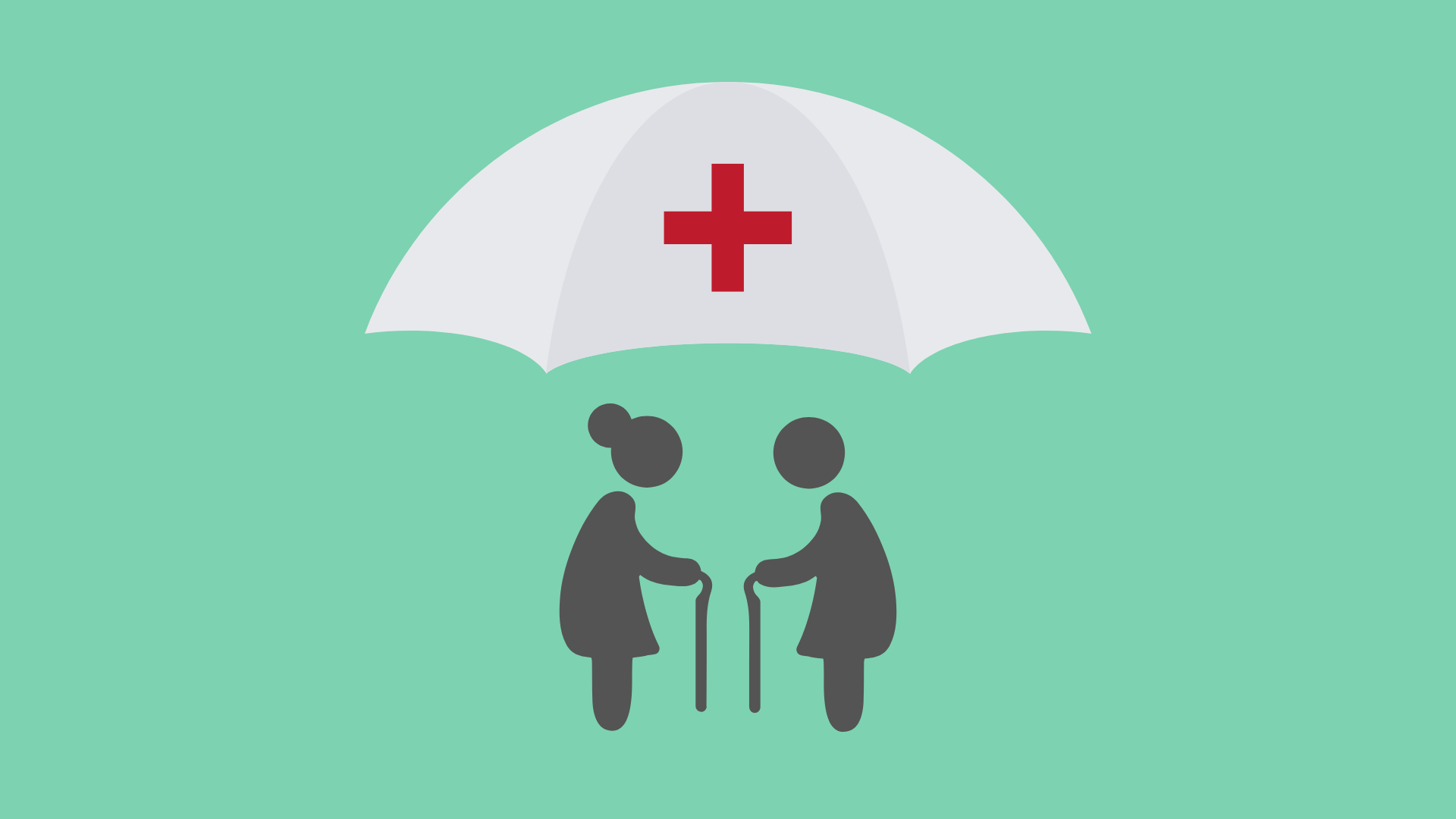Picking the Right Health Insurance Agency Houston: Tips for Smart Choices
Picking the Right Health Insurance Agency Houston: Tips for Smart Choices
Blog Article
Recognizing the Fundamentals: A Comprehensive Guide to Medical Insurance Options
A clear understanding of the various types of strategies-- such as HMO, PPO, EPO, and POS-- along with key economic terms like deductibles, copayments, and costs, is crucial for making educated decisions. This overview aims to demystify the elaborate globe of health and wellness insurance coverage, furnishing you with the expertise to pick a plan that lines up with your individual healthcare requirements and monetary goals.
Kinds Of Health Insurance Coverage Plans
When browsing the complicated landscape of medical care insurance coverage, recognizing the different sorts of medical insurance plans is important. Mostly, health insurance coverage plans can be classified into 4 major types: Health care Organization (HMO), Preferred Company Company (PPO), Exclusive Provider Company (EPO), and Point of Service (POS) plans. Each type provides distinctive attributes and advantages, customized to meet varied medical care needs.
HMO plans require participants to pick a medical care doctor (PCP) and acquire referrals from the PCP to see experts. This model emphasizes preventive care and typically limits coverage to a network of suppliers, which assists to regulate prices. Alternatively, PPO strategies offer better adaptability, enabling participants to see any kind of doctor without a referral, though they incentivize using network providers with decreased prices.
EPO strategies combine components of HMO and PPO plans, offering lower costs yet needing participants to use a particular company network without needing recommendations. Health insurance agency in Houston. POS plans combine features of PPOs and hmos, demanding a PCP and recommendations while permitting out-of-network care at higher out-of-pocket prices. Recognizing these distinctions is important for choosing a strategy that straightens with specific medical care choices and requirements
Comprehending Premiums and Costs
Browsing the ins and outs of health and wellness insurance coverage premiums and costs can really feel overwhelming initially, yet getting a clear understanding is crucial for making educated choices. Medical insurance premiums are the regular settlements made to maintain protection, normally billed monthly. Costs differ based on variables such as the person's age, area, and kind of strategy selected. It's vital to keep in mind that a reduced costs might not always correspond to lower total prices, as these plans may have greater deductibles and out-of-pocket costs.
In addition to costs, various other cost considerations include deductibles, copayments, and coinsurance. The insurance deductible is the quantity you pay prior to the insurance coverage starts covering your medical expenditures. Strategies with higher deductibles typically have lower premiums. Copayments are repaired quantities paid for particular services, such as physician visits, while coinsurance is a portion of the price shared in between the insured and the insurer after satisfying the insurance deductible.
Comprehending these costs can help you estimate your possible healthcare costs and choose a strategy lining up with your spending plan and health care needs. Reviewing costs versus insurance coverage will enable you to pick a strategy that supplies the most worth and security.
Protection and Advantage Explained
Although recognizing the breadth of protection and advantages is vital in choosing the best health and wellness insurance coverage strategy, the specifics can frequently be complex. Health and wellness insurance policy find more information protection usually includes important wellness benefits such as hospitalization, outpatient care, emergency solutions, maternity and newborn treatment, psychological wellness services, and prescription medications. Additionally, precautionary solutions like screenings and inoculations are commonly covered without a co-payment, as mandated by the Affordable Treatment Act for compliant strategies.
Each strategy may differ significantly in terms of coverage levels and exemptions. It is critical to inspect the Recap of Conveniences and Coverage (SBC) paper, which lays out protected services, cost-sharing responsibilities, and any constraints or exceptions. As an example, some strategies may cover alternative treatments such as chiropractic treatment, while others do not.

Carefully examining the degree of insurance coverage and advantages ensures that the chosen strategy straightens with individual health and wellness demands and monetary circumstances, offering necessary security and tranquility of mind.
Browsing Company Networks
In the realm of health and wellness insurance, understanding company networks is crucial for making certain accessibility to favored medical services and handling costs successfully. copyright networks are a collection of healthcare professionals, centers, and solutions that have actually partnered with insurance coverage business to supply clinical care to insured individuals.
The sort of company network in a health insurance substantially impacts individual out-of-pocket costs and accessibility to care. Typical network kinds consist of Health and wellness Upkeep Organizations (HMOs), Preferred Provider Organizations (PPOs), and Exclusive Company Organizations (EPOs) HMOs call for picking a medical care medical professional and obtaining references for specialists, commonly causing lower expenses however less versatility. PPOs use greater adaptability by allowing patients to see any copyright, though More about the author making use of in-network service providers causes reduced prices. EPOs incorporate components of both, offering no insurance coverage for out-of-network solutions except in emergencies.
To navigate properly, it is necessary to evaluate each strategy's network information, making sure preferred companies and centers are consisted of, and take into consideration just how network constraints line up with individual medical care needs.

Trick Terms and Meanings
Understanding essential terms and interpretations in health insurance coverage is essential for making educated choices about coverage options. Experience with these terms can assist people understand their policy documents, contrast plans successfully, and anticipate potential prices.
" Copayment" or "copay" is the set fee paid by the insured person for details services, such as doctor visits or prescriptions. Furthermore, "coinsurance" describes the percentage of costs that the insured need to pay after satisfying the deductible. Understanding the "out-of-pocket optimum" is likewise vital; it represents the most an individual will pay in a policy duration, after which the insurer covers 100% of allowed costs.
Moreover, terms like "network" pertain to the team of healthcare suppliers contracted with an insurance firm to provide services at decreased prices. The "Description of Advantages" (EOB) is a document sent by insurance providers describing what was covered, what the person owes, and why. Mastering these terms aids in browsing medical insurance landscapes successfully.

Verdict
A comprehensive understanding of medical insurance principles is essential for making notified health care choices. Knowledge with different plan types, such as HMO, PPO, EPO, and POS, along with vital terms like costs, deductibles, copayments, and coinsurance, enables individuals to assess possible expenses properly. By lining up health care preferences with the appropriate plan, appropriate protection and financial protection can be made certain. Navigating company networks and understanding protection and benefits further boost the capacity use this link to select an optimum wellness insurance strategy.
When browsing the complicated landscape of medical care coverage, recognizing the different types of health and wellness insurance coverage strategies is essential. Primarily, wellness insurance policy strategies can be classified right into four primary types: Wellness Maintenance Company (HMO), Preferred Service Provider Organization (PPO), Unique Supplier Company (EPO), and Point of Solution (POS) strategies.EPO strategies merge aspects of HMO and PPO plans, supplying lower expenses but needing participants to make use of a details provider network without requiring recommendations.Although comprehending the breadth of coverage and advantages is essential in choosing the ideal health and wellness insurance policy strategy, the specifics can usually be intricate. Browsing provider networks and understanding coverage and advantages better improve the ability to pick an optimal health insurance coverage plan.
Report this page